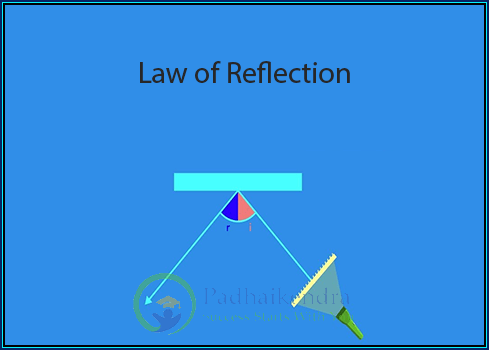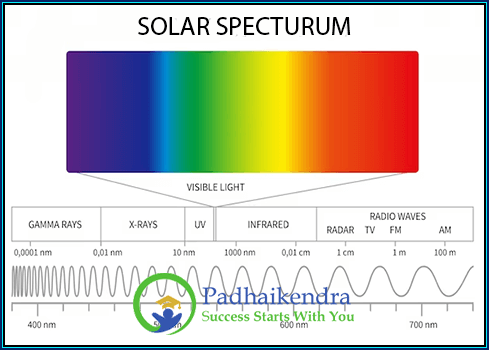Work Done against Gravity
Work Done against Gravity occurs when an object is lifted against the force of gravity. The work done against gravity is equal to the force of gravity acting on the object multiplied by the vertical distance that the object is lifted. This can be expressed mathematically as: Work against gravity = (Force of gravity) X (Vertical …










